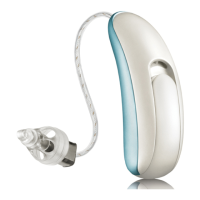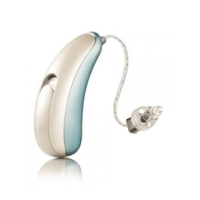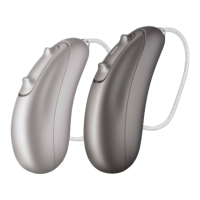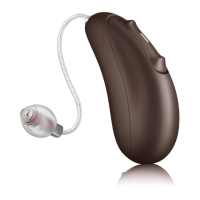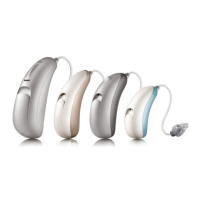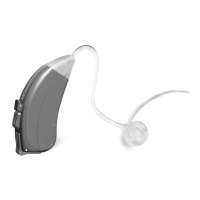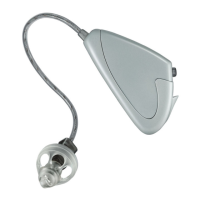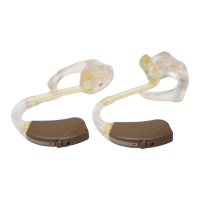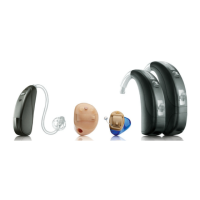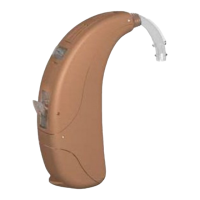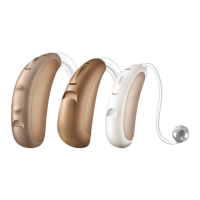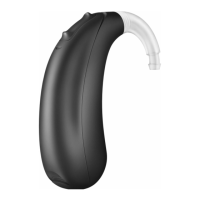38 39
Licensed physicians who specialize in diseases of the ear
are oen referred to as otolaryngologists, otologists or
otorhinolaryngologists. The purpose of medical evaluation is
to assure that all medically treatable conditions that may aect
hearing are identied and treated before the hearing aid is
purchased. Following the medical evaluation, the physician will
give you a written statement that states that your hearing loss
has been medically evaluated and that you may be considered
a candidate for a hearing aid. The physician will refer you to an
audiologist or a hearing aid dispenser, as appropriate, for a
hearing aid evaluation. The audiologist or hearing aid dispenser
will conduct a hearing aid evaluation to assess your ability to
hear with and without a hearing aid. The hearing aid evaluation
will enable the audiologist or dispenser to select and t a hearing
aid to your individual needs. If you have reservations about your
ability to adapt to amplication, you should inquire about the
availability of a trial-rental or purchase-option program. Many
hearing aid dispensers now oer programs that permit you to
wear a hearing aid for a period of time for a nominal fee aer
which you may decide if you want to purchase the hearing aid.
Federal law restricts the sale of hearing aids to those individuals
who have obtained a medical evaluation from a licensed
physician. Federal law permits a fully informed adult to sign a
waiver statement declining the medical evaluation for religious or
personal beliefs that preclude consultation with a physician. The
exercise of such a waiver is not in your best health interest and its
use is strongly discouraged.
Children with hearing loss
In addition to seeing a physician for a medical evaluation, a
child with a hearing loss should be directed to an audiologist
for evaluation and rehabilitation since hearing loss may cause
problems in language development and the educational
and social growth of a child. An audiologist who is qualied
by training and experience to assist in the evaluation and
rehabilitation of a child with hearing loss is recommended.
Cell phone
Some hearing aid users have reported a buzzing sound in their
hearing aids when they are using cell phones. According to the
ANSI C63.19 standard, the compatibility of a particular hearing
aid and cell phone can be predicted by adding the rating for the
hearing aid immunity to the rating for the cell phone emissions.
The sum of the hearing aid rating (e.g. M2/T2 = 2) and the
telephone rating (e.g. M3/T3 = 3) is 5, and any combination
that equals 5 will provide ‘normal use’. A sum of 6 or greater
indicates ‘excellent performance’. The equipment performance,
measurements, categories and system classications are based
upon the best information available but cannot guarantee that all
users will be satised.
The rating of this hearing aid is at least M2/T2. Your hearing
healthcare professional can provide the actual rating for this
hearing aid.
Note: The performance of the individual hearing aids may
vary with individual cell phones. Therefore, please try the
hearing aid with your cell phone or, if you are purchasing
a new phone, please be sure to try it with your hearing aid
prior to purchase. For additional guidance, please ask your
hearing healthcare professional for the booklet entitled
“Hearing aid compatibility with digital wireless cell phones.”
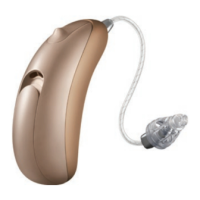
